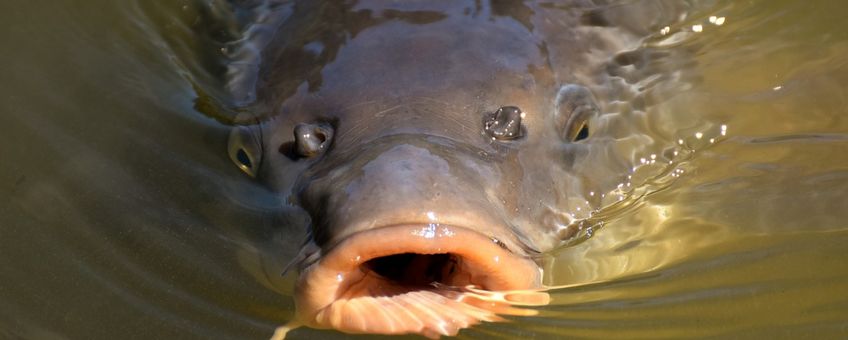
What are carp doing in the winter?
IGB BerlinThe researchers, Christopher Monk, Andreas Mühlbradt and Prof Robert Arlinghaus, began by investigating the extent of behavioral differences among wild fish and questioned whether certain behavioral types are easier to catch by anglers than others. However, the surprising behaviors during the cold winter phase became clear only after the scientists assembled an animation of the carp's movement as a preparation for a lecture.
The carp showed high swimming activity with no signs of hibernation. During the night, the fish stayed isolated or in small groups near the shore at a depth of about four meters. The fish switched to open water during the day, where they actively swam at a depth of up to eight meters (at the bottom of the lake). Why the typically warm-loving carp remained so active in the cold water - with a reduced metabolism - still remains a mystery to the scientists.
The video shows an example of the carp behavior over a period of seven days in November 2015 at about 7°C water temperature. The red dots are carp which could be caught by fishing in the summer of 2014, while the blue dots were never catchable during the same fishing period. In terms of activity and space-use, the captured and uncaptured fish demonstrate no differences. All carp were added in the 25-acre lake for experimental reasons. The numbers indicate (former) feeding places (Source: IGB-Berlin)
Text: IGB-Berlin
Video: IGB-Berlin
Photo: Pixabay
